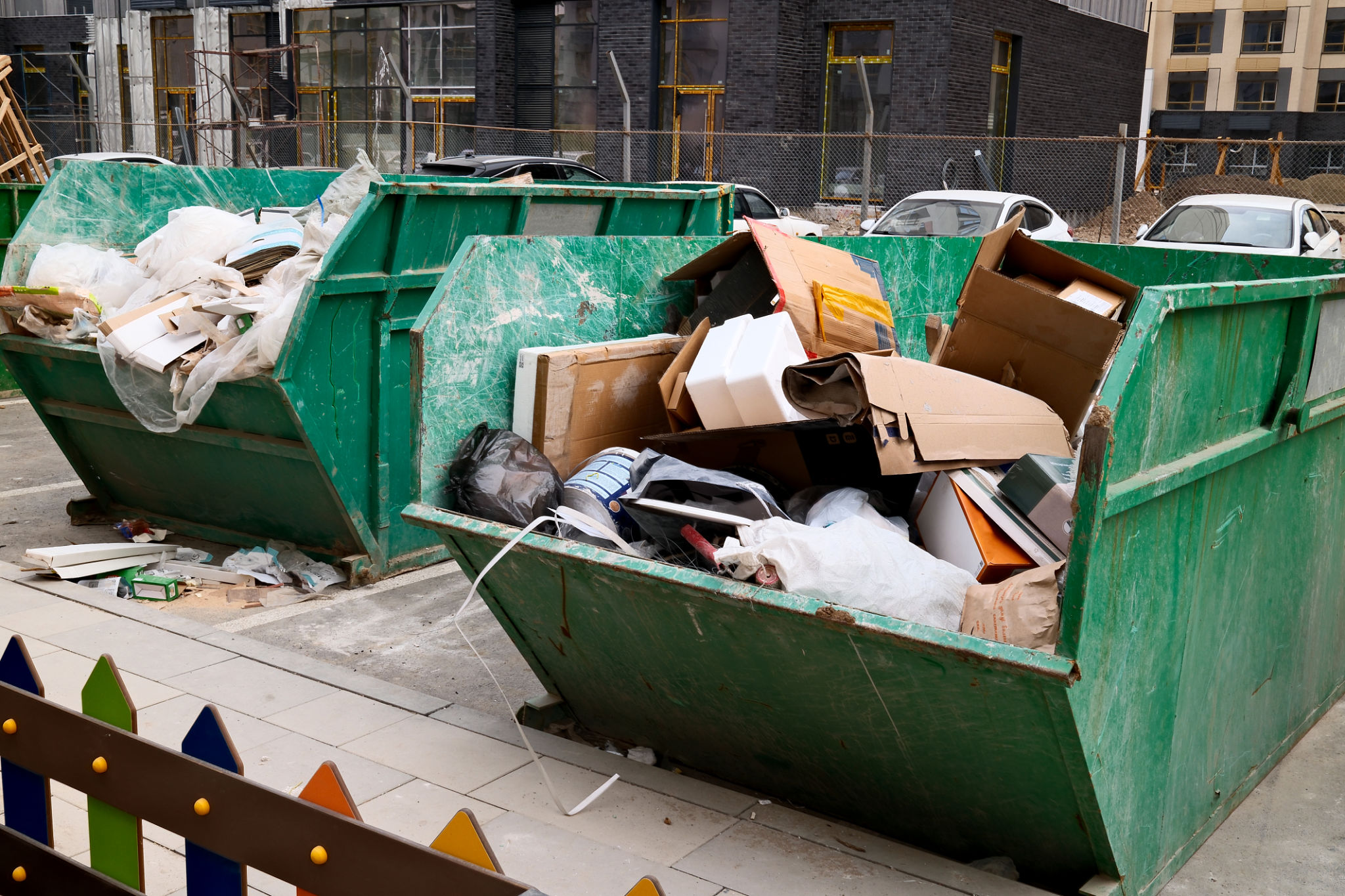Storm Cleanup Essentials: Protecting Your Property in Brownfield, TX
Understanding the Importance of Storm Cleanup
Living in Brownfield, TX, means being prepared for unpredictable weather. Storms can cause significant damage, and understanding how to efficiently clean up afterward is crucial. Proper cleanup not only restores your property but also prevents further damage.
After a storm, the first step is to assess the damage safely. Make sure to wait until the storm has completely passed and it is safe to go outside. Keep an eye out for downed power lines and unstable structures.

Essential Safety Tips
Safety should always be your top priority. Wear appropriate protective gear, such as gloves and boots, to protect yourself from sharp debris. Avoid wading through floodwaters, as they may be contaminated and hide dangerous obstacles.
If you suspect gas leaks or electrical damage, contact the utility companies immediately. It's crucial to address these risks before beginning any cleanup efforts. Never attempt to fix these issues on your own.
Debris Removal
Once safety is ensured, begin with debris removal. Create a plan to tackle fallen branches, damaged roofing, and other debris. Using tools like rakes, shovels, and wheelbarrows can help speed up the process.
Consider hiring a professional service for large or hazardous debris. They have the expertise and equipment to handle complex cleanup tasks safely and efficiently.

Water Damage Mitigation
Water damage is a common aftermath of storms. Start by removing standing water using pumps or wet vacuums. Dry out affected areas as soon as possible to prevent mold growth.
Inspect walls, floors, and furniture for signs of moisture. Using dehumidifiers and fans can help speed up the drying process. If water damage is extensive, consulting with a restoration expert might be necessary.
Repairing and Restoring
After clearing debris and addressing water damage, it's time to focus on repairs. Check your roof, windows, and doors for damage. Quick repairs can prevent further issues, such as leaks or pest infestations.

Consider reaching out to local contractors for professional assessments. They can provide guidance on necessary repairs and help ensure your property is restored to its pre-storm condition.
Insurance and Documentation
Documenting the damage is essential for insurance claims. Take clear photos and keep detailed records of all damage and repairs. This documentation will be invaluable when filing claims with your insurance company.
Reach out to your insurance provider as soon as possible to report the damage. They can guide you through the claims process and help you understand your coverage options.
Preventative Measures
Once your property is restored, consider implementing preventative measures to protect against future storms. This might include reinforcing your roof, installing storm shutters, or trimming trees near your home.
Regular maintenance and inspections can help identify potential vulnerabilities before the next storm hits. Being proactive can save time, money, and stress in the long run.
